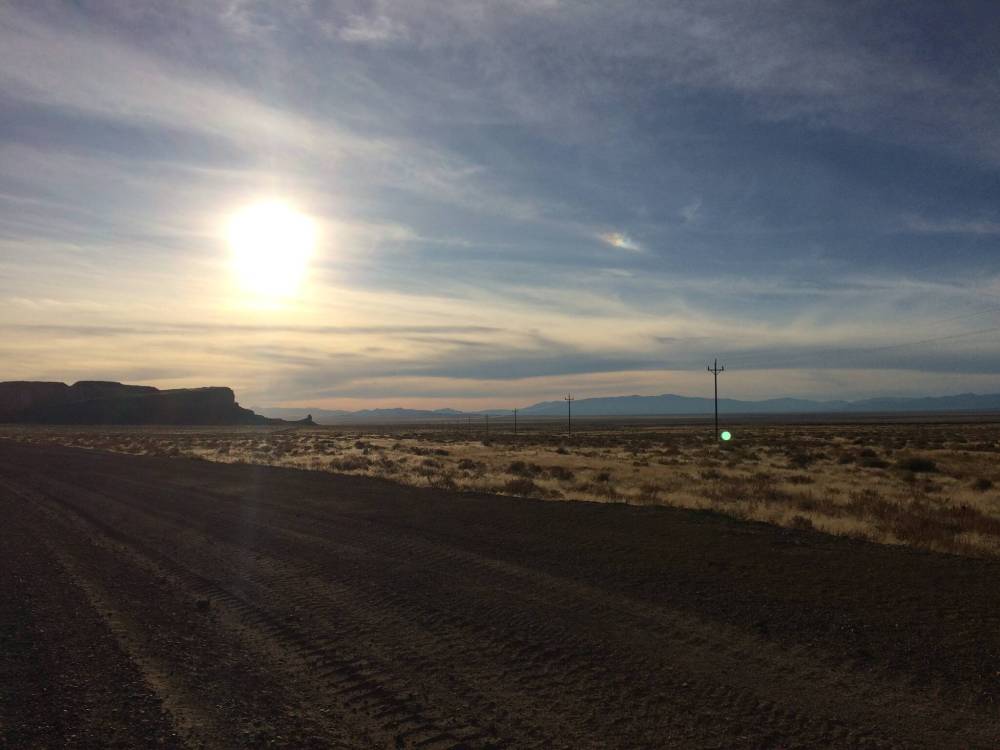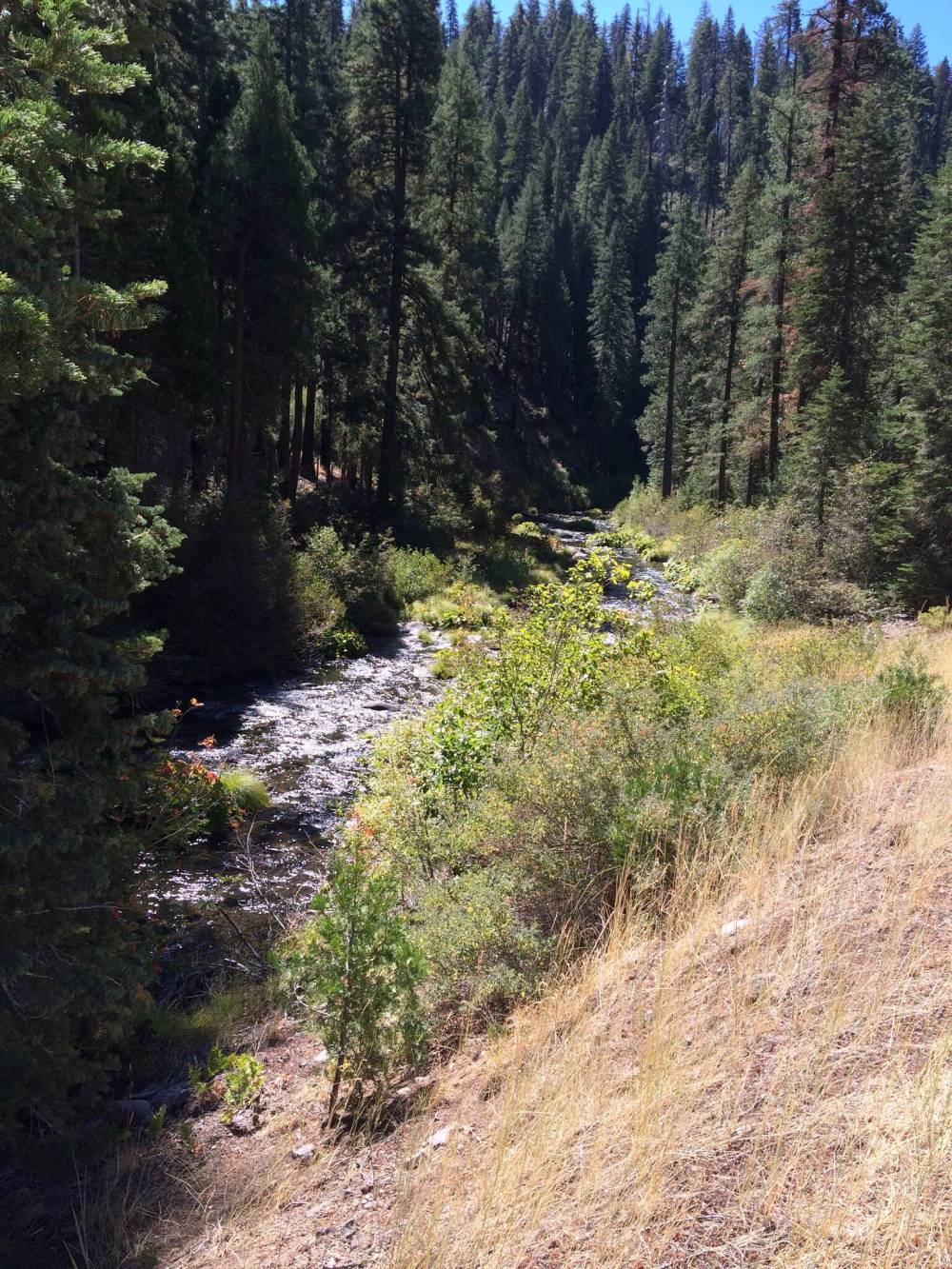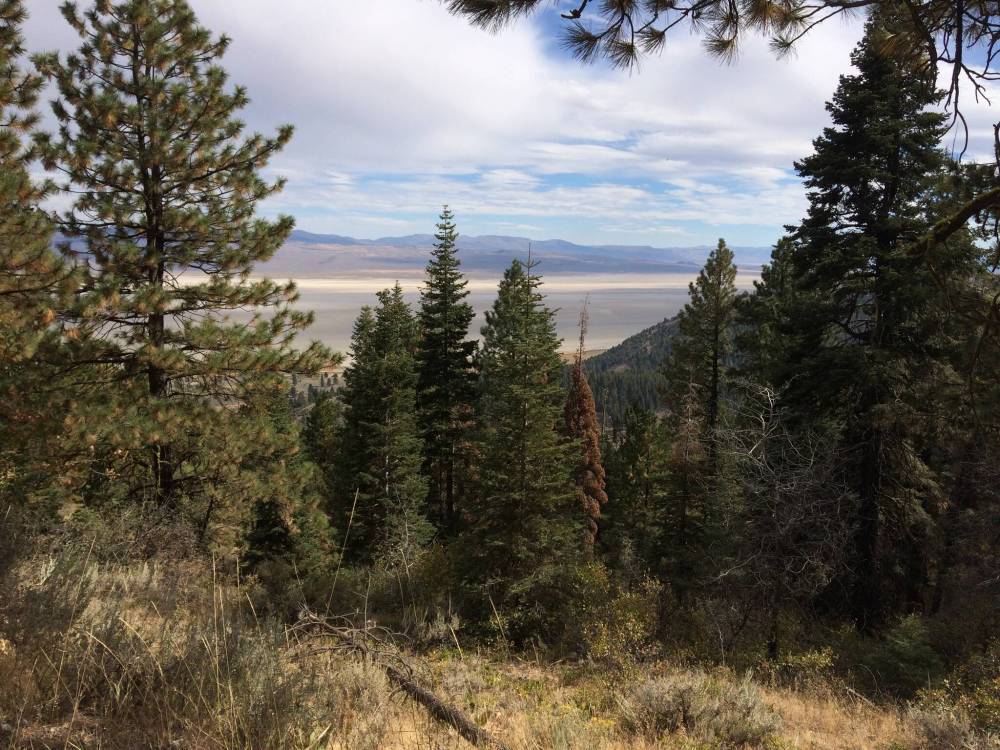With loss upon loss, I’m truly at a loss
Advertisement
Read this article for free:
or
Already have an account? Log in here »
To continue reading, please subscribe:
Monthly Digital Subscription
$1 per week for 24 weeks*
- Enjoy unlimited reading on winnipegfreepress.com
- Read the E-Edition, our digital replica newspaper
- Access News Break, our award-winning app
- Play interactive puzzles
*Billed as $4.00 plus GST every four weeks. After 24 weeks, price increases to the regular rate of $19.00 plus GST every four weeks. Offer available to new and qualified returning subscribers only. Cancel any time.
Monthly Digital Subscription
$4.75/week*
- Enjoy unlimited reading on winnipegfreepress.com
- Read the E-Edition, our digital replica newspaper
- Access News Break, our award-winning app
- Play interactive puzzles
*Billed as $19 plus GST every four weeks. Cancel any time.
To continue reading, please subscribe:
Add Free Press access to your Brandon Sun subscription for only an additional
$1 for the first 4 weeks*
*Your next subscription payment will increase by $1.00 and you will be charged $16.99 plus GST for four weeks. After four weeks, your payment will increase to $23.99 plus GST every four weeks.
Read unlimited articles for free today:
or
Already have an account? Log in here »
I wonder if everyone, as they age, develops a feeling of terminal loss not just for people we’ve known, but for places, too. I’ve seen it in others, and sometimes, it’s quite pronounced: the sense all the good is washing out of the world, leaving only bones.
But I didn’t expect to feel it so keenly myself, so soon and on so many fronts.
In the last six months or so, I’ve written about the loss of dear friends, the loss of a property in a wildfire, and the loss of my ability to travel, with a clear conscience, to parts of the United States — notably, parts of the western desert like the Black Rock Desert — I have visited many times and dearly love.

Russell Wangersky/Free Press
The Black Rock Desert at sunset
Now, I feel like I’m getting to be one of the many witnesses to irreversible change that’s only speeding up.
The latest little click of that clock? A budget bill addition in the U.S. Senate that will order the sale of millions of acres of public lands in western states, effectively to the highest bidder.
The bill, if passed, will order the sale of lands currently held by the Bureau of Land Management and the National Forest System in Alaska, Arizona, California, Colorado, Idaho, Nevada, New Mexico, Oregon, Utah, Washington state and Wyoming.
It’s ostensibly to build housing. Truth be told, though, it’s probably designed to be for the profit of the modern-day carpetbaggers and robber barons, the people who have the money to snap up under-priced public assets and convert them for their own profit or pleasure.
Guardrails are few. Most of the legal requirements of the sales are set or defined by the decision of cabinet appointees. Like: “A tract of covered Federal land disposed of under this section shall be used solely for the development of housing or to address associated community needs as defined by the Secretary concerned.”
Now, there’s a gap you can drive a bus through.
And the plan has some interesting features: it wants to give priority for sale to federal lands that are close to existing infrastructure, adjacent to developed areas and suitable for residential development — which all sounds good for building housing — but the government only expects to collect US$10 billion in revenue, meaning the property is expected to sell in the range of US$3,030 an acre.
That’s startling. The average cost of developable land in the U.S. runs at around US$18,000 an acre, and developable land adjacent to already-developed areas and close to existing infrastructure can hit US$100,000 an acre.

Russell Wangersky/Free Press
Deer Creek, near the Modoc National Forest
So someone’s going to make a lot more money than the U.S. Treasury will on this deal.
As a percentage, the amounts of the land sales are small — just 0.5 per cent to 0.75 per cent of the lands held by the two agencies.
But just that tiny fraction of federal land holdings is equal to 2.2 million to 3.3 million acres of federal lands — in Canadian terms, at the high end, 2.4 times the size of Prince Edward Island.
It makes you think that many in government — both in the U.S. and Canada — spend little time in the outdoors, and more time calculating measurable short-term economic returns.
That’s very much the way Republicans seem to be pitching the selloff: Utah Republican Sen. Mike Lee argued the move would turn “federal liabilities into taxpayer value,” tacitly voicing the concept that forest lands have value only as a commodity, and that stewarding them for future generations is necessarily a loss.
And don’t get me started on the sales of wood from existing U.S. National Forest lands — the bill also would increase cutting, saying, “For each of fiscal years 2026 through 2034, the Secretary shall sell timber annually on National Forest System land in a total quantity that is not less than 250,000,000 board-feet greater than the quantity of board-feet sold in the previous fiscal year.” By fiscal 2028, that would be a 25 per cent annual increase in wood cut on National Forest land.
It’s funny — when I think about the quiet beauty of the Modoc National Forest in California, walking on the deep cushioned mat of pine needles beneath the huge trees, the air hanging still in a way that engenders something close to reverence, I don’t think of how much more valuable it would be as a housing development or mall, or even how much the wood is worth.
Heading up to the Fandango Pass above Goose Lake, Calif., even travelling through the recovering burn scar of a forest fire that raced up the western face of the mountains of the Warner Range, the wildflowers rampant with all the new sunlight that’s now cast down beneath and through the burnt-black pines, I don’t think of board-feet of lumber. In the Black Rock Desert, I see the great open skies and the shoulders of the hills, not mineral reserves waiting to be harvested.

Russell Wangersky/Free Press
View through the Fandango Pass, California
Why, some might say, it’s only a trim around the edges of natural reserves. There’s lots.
Until there isn’t.
And once gone, many things never come back.
I think that’s something you learn for keeps as you grow older.
Russell Wangersky is the Comment Editor at the Free Press. He can be reached at russell.wangersky@freepress.mb.ca

Russell Wangersky
Perspectives editor
Russell Wangersky is Perspectives Editor for the Winnipeg Free Press, and also writes editorials and columns. He worked at newspapers in Newfoundland and Labrador, Ontario and Saskatchewan before joining the Free Press in 2023. A seven-time National Newspaper Award finalist for opinion writing, he’s also penned eight books. Read more about Russell.
Russell oversees the team that publishes editorials, opinions and analysis — part of the Free Press‘s tradition, since 1872, of producing reliable independent journalism. Read more about Free Press’s history and mandate, and learn how our newsroom operates.
Our newsroom depends on a growing audience of readers to power our journalism. If you are not a paid reader, please consider becoming a subscriber.
Our newsroom depends on its audience of readers to power our journalism. Thank you for your support.

